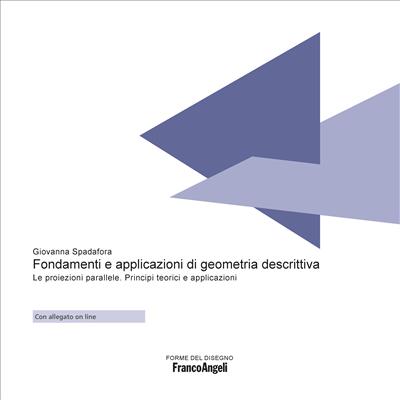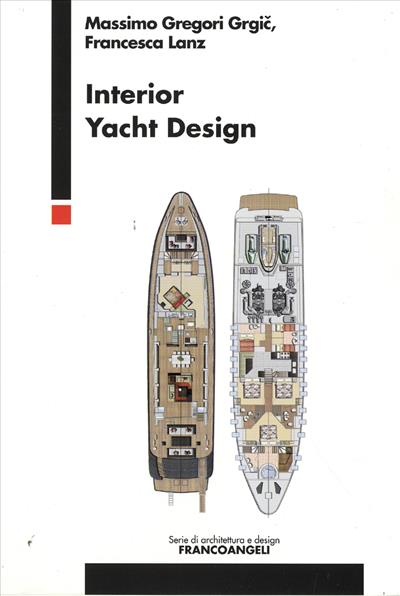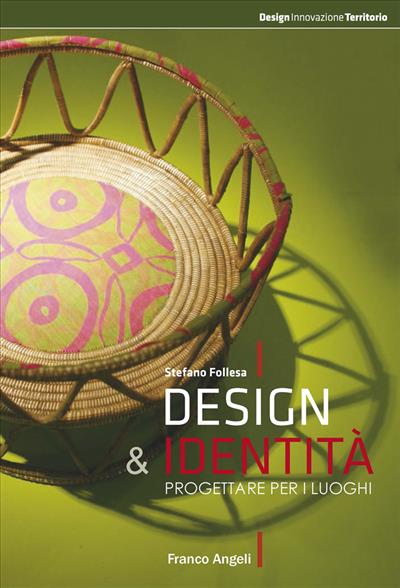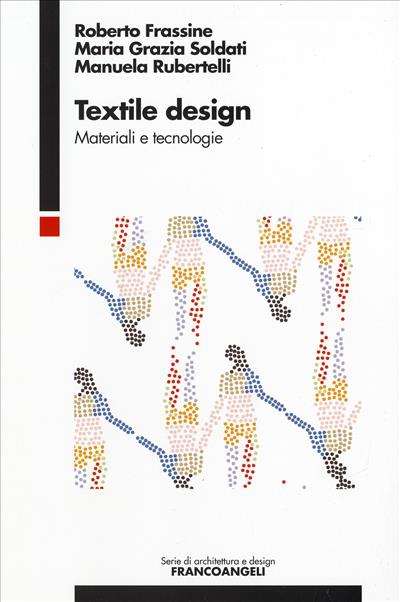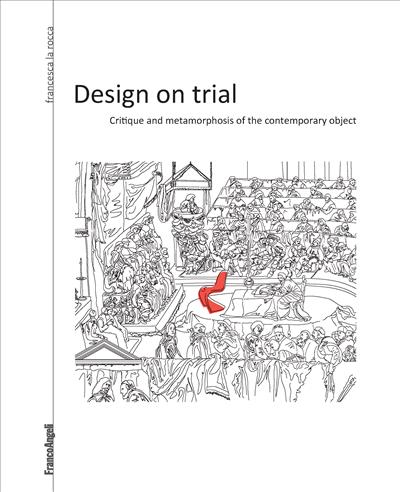
Design on trial.
Critique and metamorphosis of the contemporary object
Different industrial objects have been taken to trial during time, such as steel handles, plastic vessels, decorated chairs, packaging or neon lamps. They have been accused of perpetrating a crime against art and soul, against ecology and civilisation, against style and imagination. Through 12 keywords which contain the answer to the accusations towards industrial objects, this book explores a series of influential phenomena which characterise design today and it eventually uncovers the only real crime which design can make.
PDF con DRM
19,99
PDF con DRM
19,99
Pagine: 174
ISBN: 9788891749147
Edizione:1a edizione 2017
Codice editore: 283.7
Possibilità di stampa: No
Possibilità di copia: No
Possibilità di annotazione: Sì
Formato: PDF con DRM per Digital Editions
EPUB con DRM
19,99
EPUB con DRM
19,99
Pagine: 174
ISBN: 9788891757135
Edizione:1a edizione 2017
Codice editore: 283.7
Possibilità di stampa: No
Possibilità di copia: No
Possibilità di annotazione: Sì
Formato: ePub con DRM per Digital Editions
